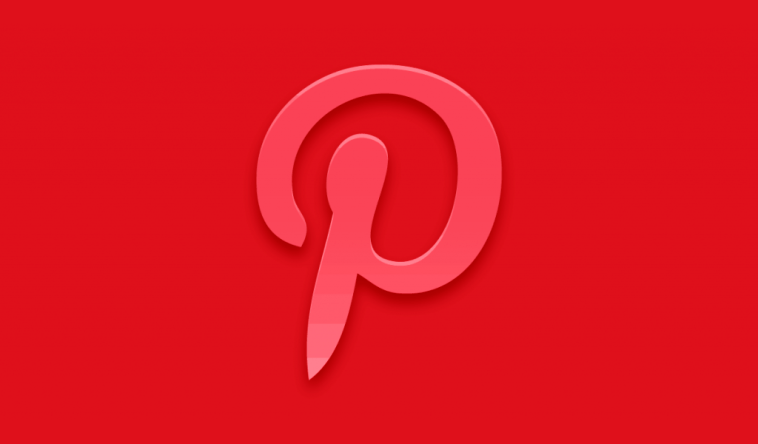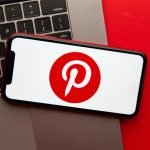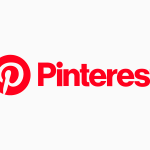Introduction.
If you’re looking to expand your business’s reach online, you might have thought about Instagram, Facebook, or TikTok. But Pinterest? It’s one of the most underutilized platforms for businesses, yet it has enormous potential.
Pinterest isn’t just a place to find ideas for your next DIY project or a recipe for dinner—it’s a powerful search engine and discovery tool where millions of people actively seek out inspiration, ideas, and products.
For business owners and marketers, this means a golden opportunity to connect with potential customers who are already looking for what you offer.
In this guide, I’ll break down everything you need to know about using Pinterest to market your business, whether you’re just starting out or have been around for a while.
From creating compelling Pins and using keywords effectively to building a loyal following and driving traffic to your website, this article will give you the tools you need to harness Pinterest’s unique strengths.
By the end, you’ll see why Pinterest deserves a spot in your marketing plan—and, hopefully, feel ready to dive in.
Why Pinterest Is Great for Business
Pinterest has over 450 million monthly active users (Statista, 2023), and while it may not be as big as Facebook or Instagram, the platform’s unique selling point is that users are actively searching for ideas, inspiration, and products. Pinterest users tend to be planners.
They’re not just mindlessly scrolling; they’re saving ideas, creating boards, and often making purchases down the line.
This means your content isn’t just fleeting—it has staying power.
Here’s why Pinterest is so valuable for businesses:
- Longevity of Content: Unlike posts on other social media platforms, Pins have a much longer lifespan. A Facebook post or Instagram Story might vanish or lose visibility after a day or two, but Pins can remain relevant for months—even years—if optimized correctly.
- Audience with Buying Intent: Pinterest users are in a “shopping mindset.” Research shows that 85% of weekly Pinterest users have purchased a product based on Pins they’ve seen (Pinterest Business). This makes it an ideal platform to showcase your products or services directly to people who are likely interested in buying.
- Drive Traffic to Your Website: Pinterest is one of the few social platforms where outbound links are encouraged, making it an incredible tool for driving traffic to your website. Every Pin can link directly to your website, blog, or product page, leading to more visibility and higher potential sales.
- Visual Appeal for Branding: Pinterest is all about visuals, so it’s perfect for brands that can show off their products or services with engaging, high-quality images. If you’re in an industry like fashion, home decor, beauty, food, or travel, Pinterest can be a game-changer.
Getting Started: Setting Up Your Pinterest Business Profile
If you’re new to Pinterest, the first step is to set up a Pinterest Business account. Here’s a quick overview:
- Create or Convert Your Account: You can either create a new Pinterest Business account or convert an existing personal one. A business account gives you access to analytics and other tools to better understand your audience and track performance.
- Optimize Your Profile: Use a clear, branded profile picture (like your logo), and write a bio that explains who you are and what you offer. Include relevant keywords to make your profile more searchable.
- Claim Your Website: Claiming your website will add your logo to every Pin from your site and give you access to additional analytics, showing you how Pins from your website perform. You’ll also get the “follow” button on your Pins, making it easier for users to follow you.
Creating Engaging and Click-Worthy Pins
Pins are the foundation of Pinterest. Here’s how to create ones that not only look good but also get people to click and save:
- Use High-Quality Images: Pinterest is a visual platform, so high-resolution images are a must. Bright, eye-catching images perform better, especially ones with a vertical format (2:3 aspect ratio works best).
- Add Descriptive Text Overlays: Text overlays can help make your Pin’s purpose immediately clear. For example, if you’re sharing a recipe, add the recipe name as a text overlay. Be concise and use easy-to-read fonts.
- Write Keyword-Rich Descriptions: Pinterest operates like a search engine, so keywords matter. Use relevant keywords in your Pin descriptions to make your content more discoverable. Think about what your audience might be searching for and incorporate those terms naturally.
- Use Pinterest’s Rich Pins: Rich Pins pull additional data from your website, like pricing or availability, which makes your content more informative and engaging. These are particularly useful for product, recipe, and article Pins.
- Create Idea Pins: Idea Pins (formerly Story Pins) are a newer format that lets you share multiple images or videos in one Pin, like a mini-slide show. They’re great for telling a story or sharing step-by-step instructions.
Using Pinterest Boards to Organize and Showcase Your Brand
Pinterest Boards help organize your content by topic, making it easier for users to explore what your business has to offer. Here are some tips for creating effective boards:
- Create Relevant Boards for Your Niche: Think about what categories or topics your audience would be interested in. For example, if you run a fitness brand, create boards like “Healthy Recipes,” “Workout Routines,” or “Home Gym Ideas.”
- Use Keywords in Board Titles and Descriptions: Just like Pins, boards can be optimized for search. Include keywords in your board titles and descriptions so people can find them more easily.
- Collaborate with Other Brands: Some businesses invite other Pinterest users or brands to collaborate on boards. This can help you reach a wider audience and build a community around your brand.
- Organize Boards for Seasonal Trends: Pinterest users often search based on the season or upcoming events. Boards like “Holiday Gift Ideas” or “Summer Outfits” can attract seasonal traffic to your content.
Engaging with Your Audience and Growing Your Followers
Building a following on Pinterest takes time, but with consistent effort, you can grow an audience that’s genuinely interested in what your business offers. Here’s how:
- Post Consistently: Like any social platform, Pinterest rewards consistency. Aim to Pin at least a few times a week, if not daily, to keep your content fresh and engage your followers.
- Engage with Others: Comment on other users’ Pins, save content from other creators (especially if it complements your brand), and participate in the Pinterest community. Engaging with others can help build your visibility.
- Use Pinterest Analytics: Pinterest provides insights into which Pins and boards are performing well, so take advantage of this data to refine your strategy. Focus on the content that resonates with your audience.
Tracking Success: Measuring Your Pinterest Marketing Efforts
Monitoring your Pinterest efforts is key to understanding what’s working and what isn’t. Here’s what to look at:
- Pinterest Analytics: Track metrics like impressions, saves, and link clicks. This data shows how many people see, save, or click on your Pins, giving you insight into your audience’s preferences.
- Google Analytics: Use Google Analytics to track how much traffic Pinterest drives to your website and which pages people are visiting. This can help you see if your Pins are leading to actual website engagement or conversions.
- Conversion Tracking: If you run Pinterest ads, setting up conversion tracking can show how many people take action (like making a purchase) after clicking on your ads.
FAQs
1. How often should I post on Pinterest?
Posting consistently is essential on Pinterest. A few times a week is a good start, but daily activity is even better for keeping your content fresh.
2. Can I use Pinterest without spending on ads?
Absolutely! While ads can boost your reach, organic Pins can still perform exceptionally well if they’re optimized with keywords and attractive visuals.
3. Do I need professional photography for Pinterest?
Not necessarily. While high-quality images are essential, you don’t need professional equipment. Good lighting, a smartphone camera, and basic editing can produce excellent results.
Conclusion
Pinterest has evolved into a powerful tool for businesses across all types of industries. With the right approach, you can use it to boost brand visibility, drive traffic, and attract new customers.
From setting up your profile to creating engaging Pins, this guide has covered all the essentials you need to get started. So why not tap into Pinterest’s unique potential and bring your business into the spotlight?
Are you ready to make Pinterest part of your marketing strategy?





GIPHY App Key not set. Please check settings